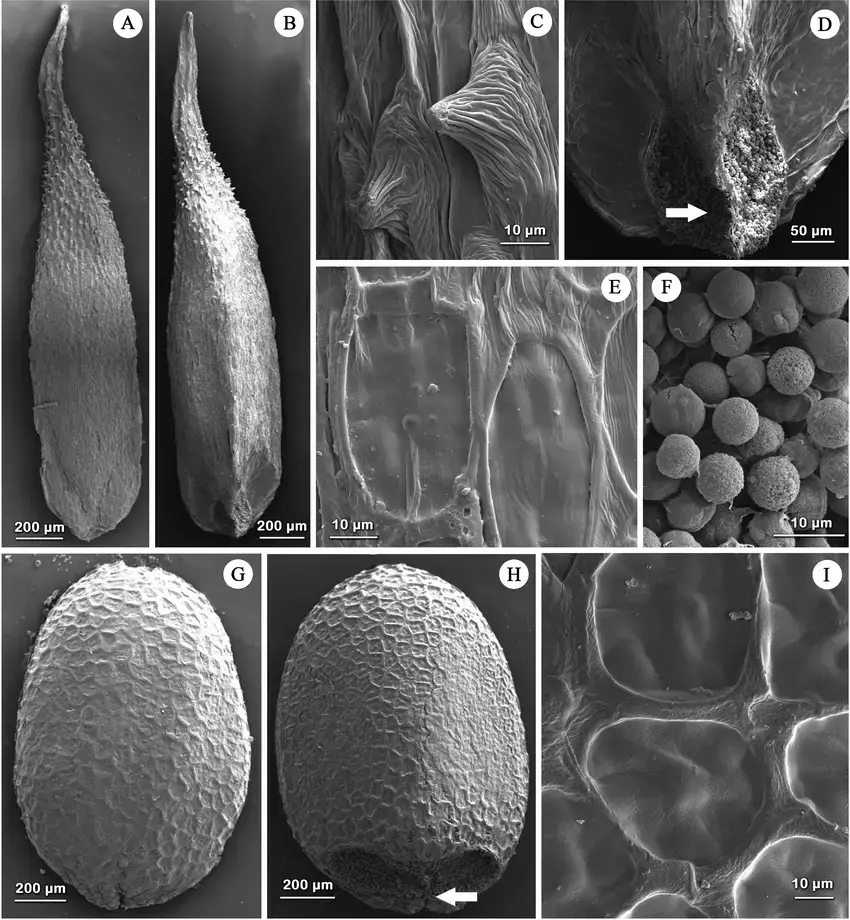
Microfotografias-con-MEB-A-F-Clinopodium-bolivianum-subsp-tarijense-A-Vista-cara.png from: https://www.researchgate.net/figure/Microfotografias-con-MEB-A-F-Clinopodium-bolivianum-subsp-tarijense-A-Vista-cara_fig1_288563792
Exploring the Fascinating Moss Porotrichum bolivianum
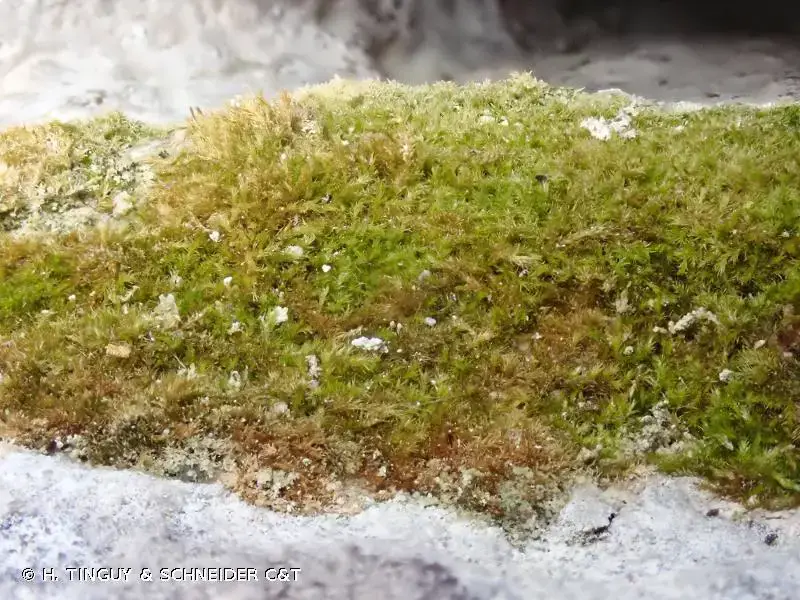
397499.jpg from: https://inpn.mnhn.fr/espece/cd_nom/5455?lg=en
Introduction
Today we’re diving into the captivating world of Porotrichum bolivianum Müll.Hal. ex E.Britton, a unique moss species in the Neckeraceae family. This lesser-known but intriguing plant is sure to pique the interest of any botany or bryology enthusiast. Let’s explore what makes Porotrichum bolivianum so special!
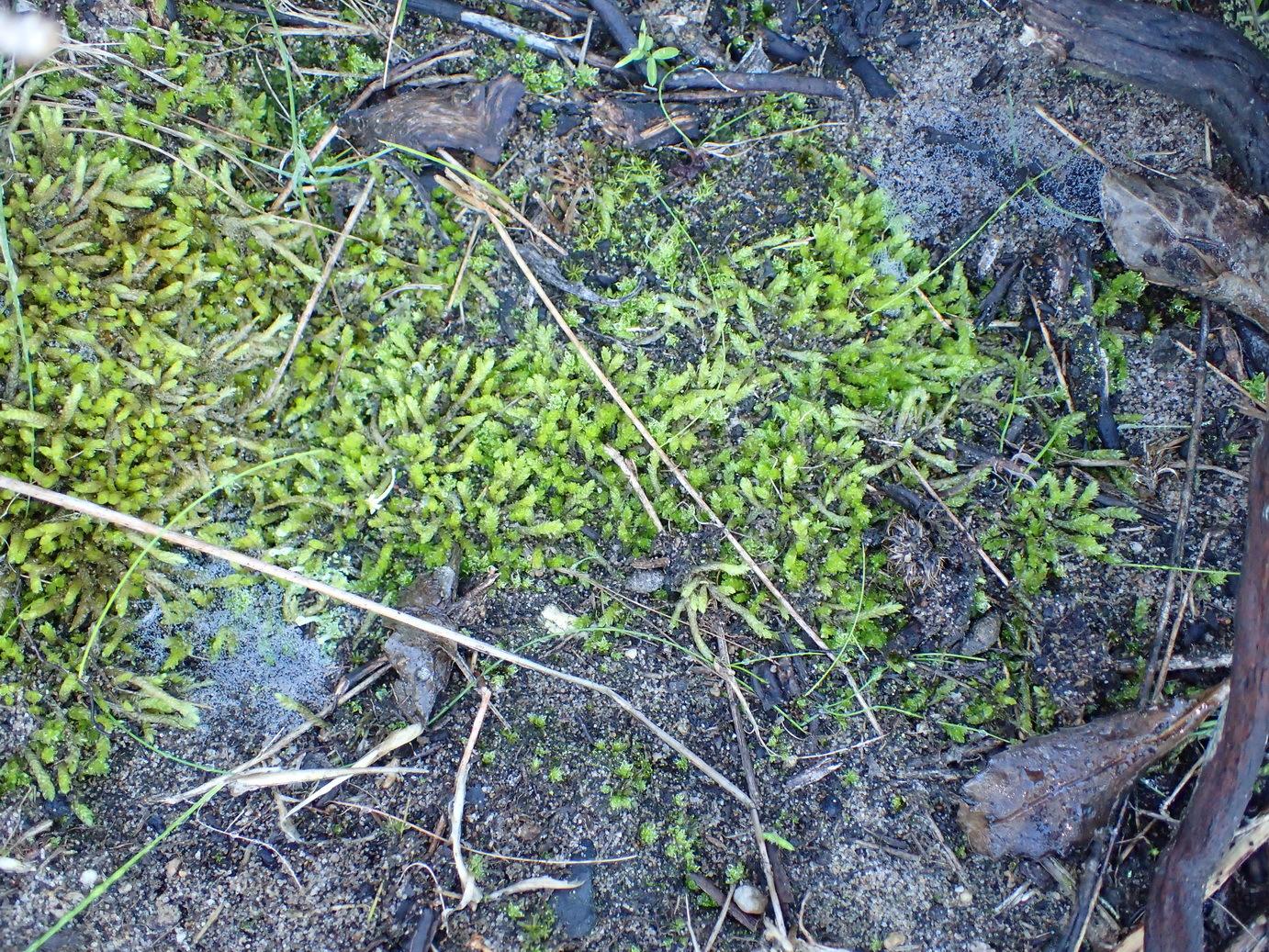
original.jpeg from: https://www.gbif.org/es/species/2673552
Background on Porotrichum Mosses
The genus Porotrichum contains around 50 species of mosses found in tropical and subtropical regions worldwide. These mosses are characterized by their creeping primary stems, branched fronds, and a costa (midrib) in their leaves.
Porotrichum mosses belong to the Bryophyta division and Bryopsida class. They lack true roots, instead absorbing water and nutrients through their leaves. Mosses play important ecological roles as pioneer species and in nutrient cycling.
Morphology and Identification of P. bolivianum
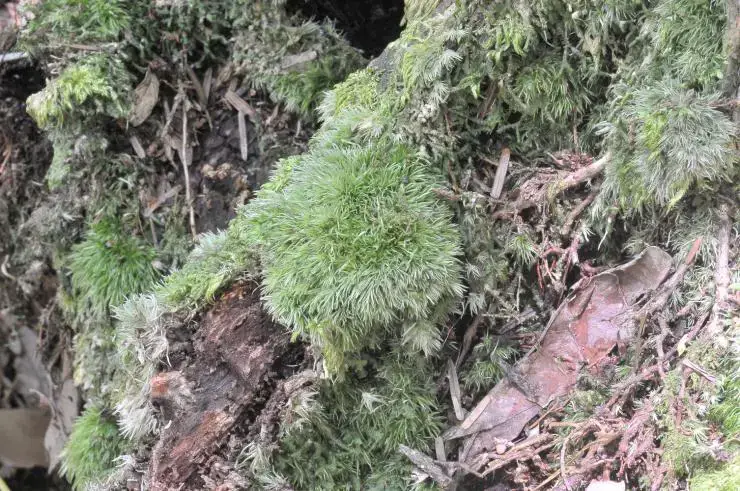
7037e79d418c961c5141889e083833ce.jpg from: https://taieol.tw/muse/digi_object/2355523fe7d6b11d4b7a8ac495911fd7
Porotrichum bolivianum forms dense mats with creeping primary stems that give rise to secondary fronds up to 10 cm long. The fronds are 1-3 pinnately branched and curved when dry. Leaves are oblong-ovate, around 1.5-2 mm long, with an acute apex and toothed margins in the upper half. The costa extends 3/4 the leaf length.
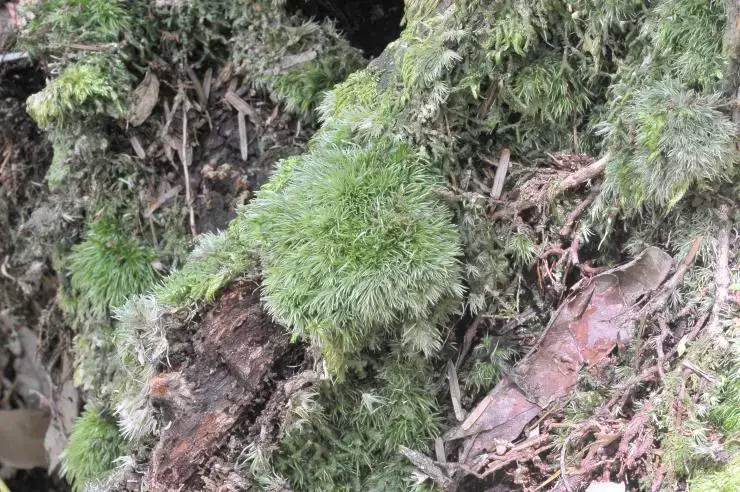
16083595bb6b5297d4932aee5f359826.jpg from: https://openmuseum.tw/muse/digi_object/2355523fe7d6b11d4b7a8ac495911fd7
Key identification features:
- Dense mats with creeping stems
- 1-3 pinnate curved fronds up to 10 cm
- Oblong-ovate leaves 1.5-2 mm long
- Acute apex and toothed upper leaf margins
- Costa reaching 3/4 leaf length
Global Distribution and Habitat
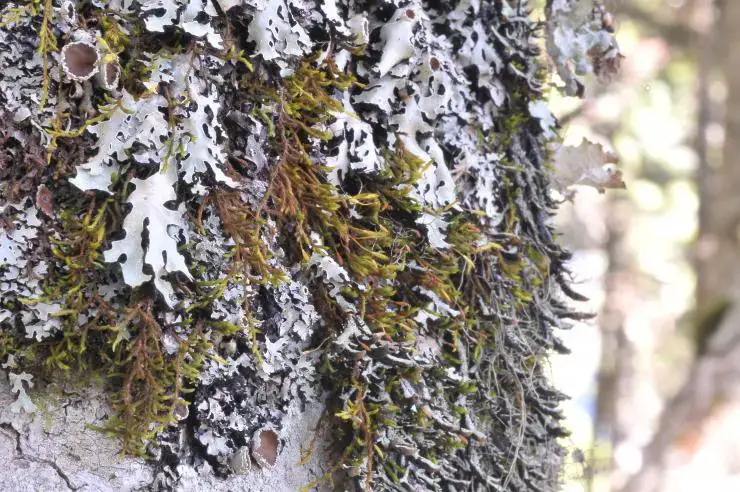
5856d54f21c593d9017a4c708465902e.jpg from: https://openmuseum.tw/muse/digi_object/944be5363af1050246cc941b5ca41998
As its name suggests, P. bolivianum was first described from collections in Bolivia. However, its distribution extends through much of Central and South America, from southern Mexico to Brazil and northern Argentina.
This moss grows on tree trunks, branches, and sometimes rocks in moist, shady forests from lowlands to 2500 m in elevation. It is often found in cloud forests and along streams.
Ecological Roles and Adaptations
Like other mosses, Porotrichum bolivianum plays important roles in its forest ecosystems:
- Provides habitat for micro-organisms and invertebrates
- Helps regulate moisture and temperature
- Pioneers colonization of disturbed areas
- Assists in nutrient cycling and retention
Its creeping and branching growth form allows it to efficiently capture water and form dense mats. The leaf costa and toothed margins may aid in water transport and retention.
In Summary
From its intricate branched fronds to its ecological importance, Porotrichum bolivianum is a prime example of how fascinating and significant mosses can be. Next time you’re in a Central or South American cloud forest, take a closer look – you may just spot this amazing moss!
What other overlooked plants have caught your interest? The world of botany still holds many surprises for those willing to look a little closer.